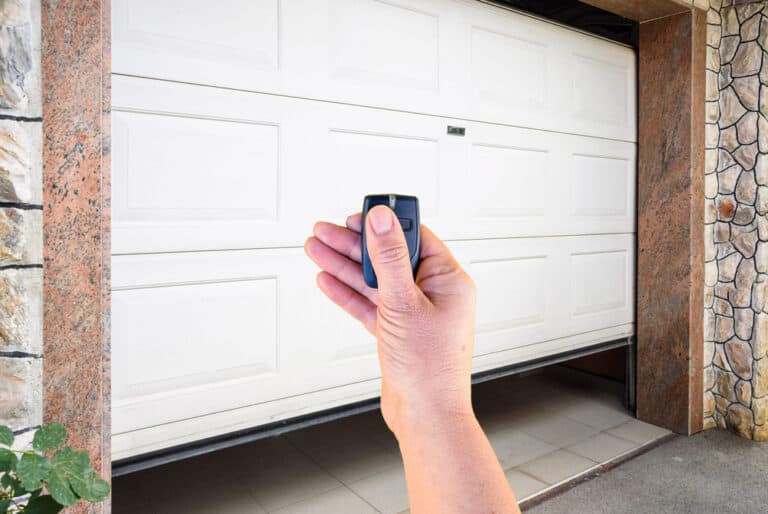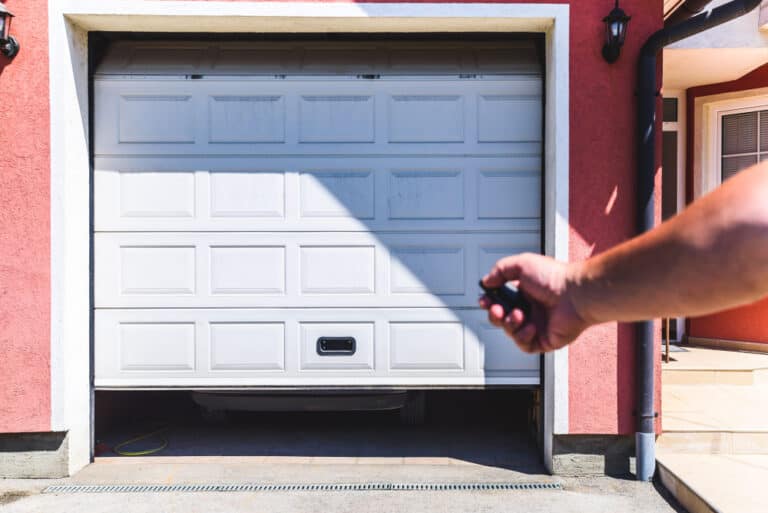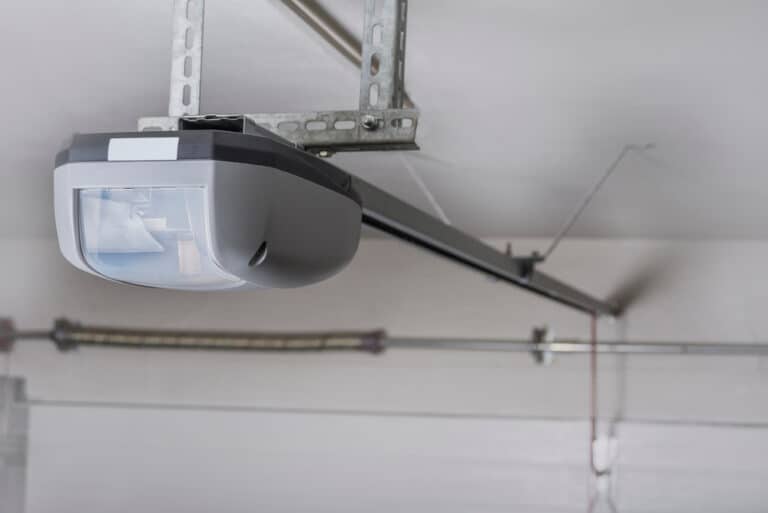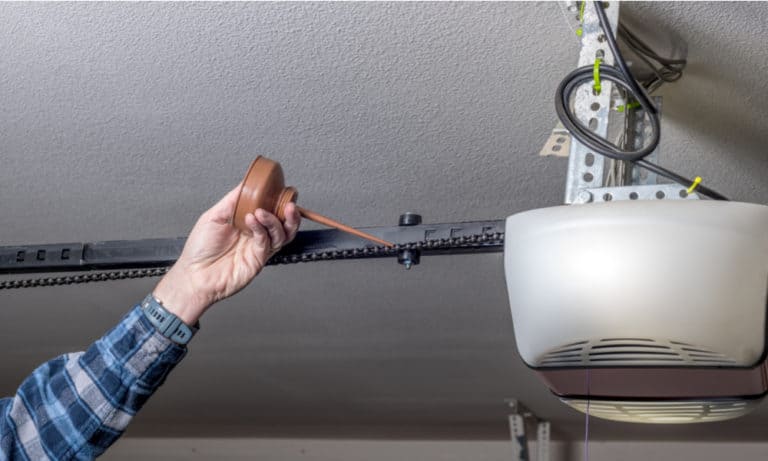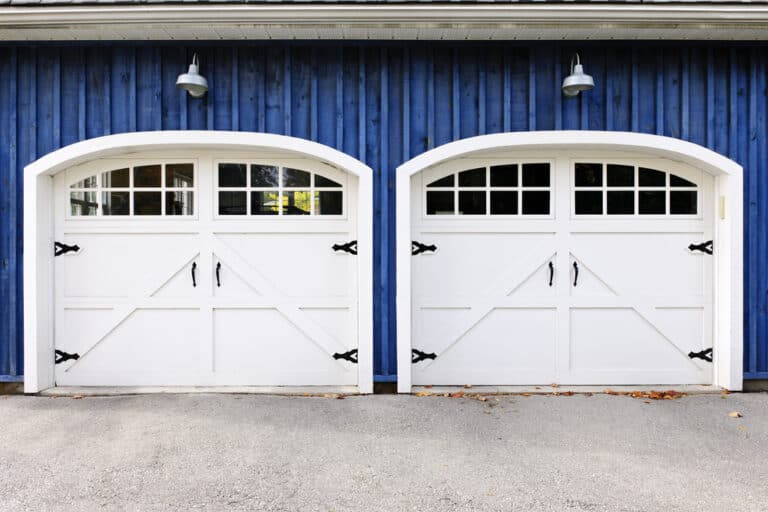The garage is an exceedingly crucial part of any modern household as many people use it for much more than just their cars. A garage can also be used for deep storage, as a workshop, potting bench, as a home fitness room, or as any other type of hobby station.
Depending on what you use your garage for, how often you go there, and what’s the climate in your area, it can be quite crucial that you find a way to make the garage space as livable and comfortable as possible. And that’s not always easy, especially if the summer is extra hot where you live and your garage doesn’t have proper ventilation or even windows.
So, for those of you that find yourself in a similar situation, below we’ve listed 10 great solutions for how to cool a garage with no windows and no built-in ventilation system.
How to cool a garage with no windows?
The inside of a garage space can get very cold in the winter but also extremely hot in the summer. The latter is especially true if the garage has neither windows nor ventilation or a cooling system, isn’t in the shade, is nestled between buildings, isn’t insulated properly, and so on.
So, what should you do to deal with all that hot air and keep your garage cool in the summer? Is the installation of a garage air conditioner a must to fix the airflow and get some cooler air in or are there other alternatives?
While air conditioning is great for all the cool air it provides – and we will mention some types of AC units below too – you’ll find that there are other things you can do about your garage as well. So, let’s go over our suggestions one by one:
1. Open the garage door
Let’s start with the simplest thing first – if your hot garage problem boils down to the fact that you only keep your hot car inside and you’d like it to be cooler when you need to use it, the easiest solution is to just open the garage door an hour or so earlier.
If your garage is insulated relatively well and the garage door is on the northern side of the building, that may be all that’s needed for some fresh air to get inside and cool down the whole space and everything in it – especially if there is a second people-only door you can also open to getting some more airflow going.
Of course, that’s not always applicable, sufficient, or a good idea, depending on where you live and what else you have in your garage. So, let’s go over some more sophisticated solutions.
2. Use portable floor fans
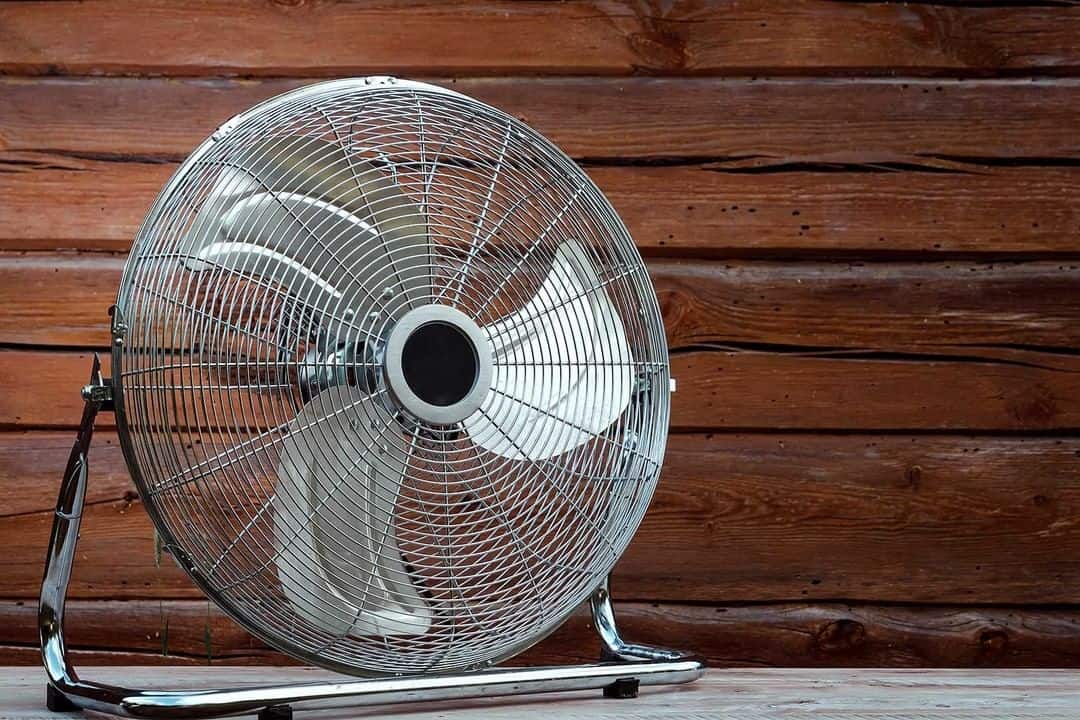
Granted, a standard floor fan doesn’t fit everyone’s idea of a “sophisticated solution” but one or a few of these simple devices (depending on the square feet of your garage) is very often all that’s needed.
While a simple floor fan doesn’t get the stale hot garage air outside the way an AC unit does, it does create a light breeze effect that’s more than just nice – it moves the indoor air around and prevents a lot of the issues associated with stale air such as mold, mildew, rust, and so on.
This can be even more effective if you can open the garage door and place the floor fan in front of it – this way, the fan will actually draw cooler air from outside and get a lot of the hot indoor air out. This trick will depend on the time of day and the weather and climate outside, however.
3. Make a “swamp cooler”
To further build upon the above suggestion, you can also make a “swamp cooler” by placing a floor fan behind a bucket of ice. This can sound weird at first but the evaporation from the ice and the airflow from the fan are actually more than enough to quickly cool down the air temperature in any space of the appropriate size (the bigger the space – the bigger the ice bucket needs to be).
4. Bring in a portable air conditioner unit
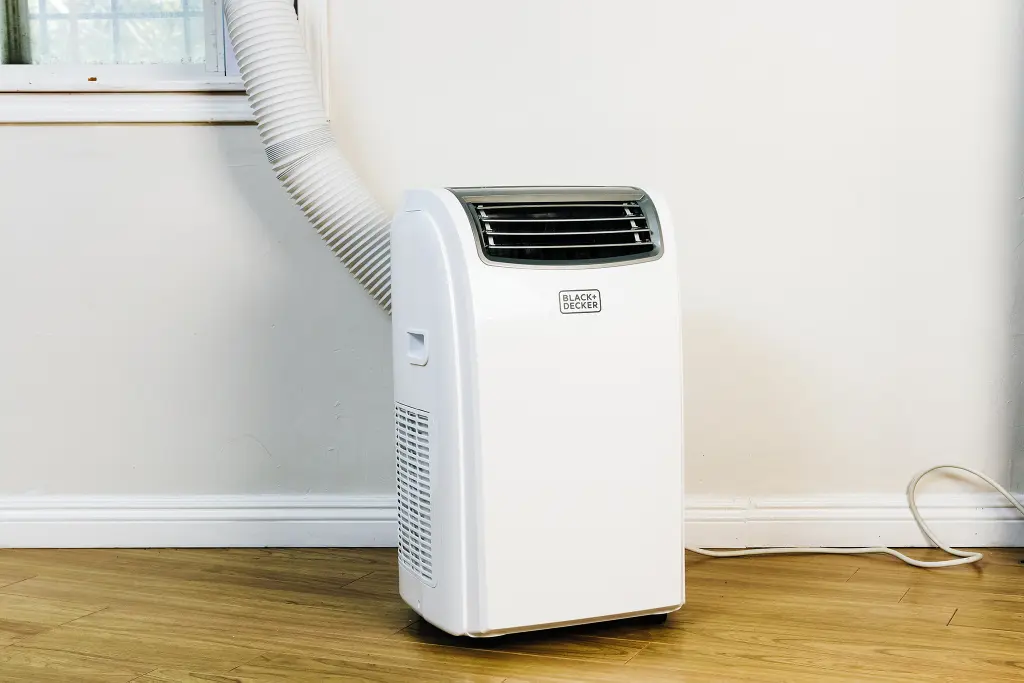
Still, let’s move on to some actual HVAC system suggestions. The first and simplest one is to just get a portable AC unit. This is the ideal solution for most homeowners in the hot summer months as this type of AC unit is portable and can be placed in the garage only when it’s necessary – the rest of the time it can be moved and used anywhere else you might need it.
5. Get a dehumidifier too
A dehumidifier doesn’t directly affect the temperature in your garage. However, it does exactly what its name suggests – it deals with high humidity and moisture in the air. This is both good against mold and mildew but it also helps with the temperature issues as high humidity levels actually make a room’s temperature feel hotter than it already is.
So, getting a portable dehumidifier really is a 2-in-1 solution as it deals with both the high humidity level and makes the temperature more bearable. Plus, with a portable model, you can move it to other parts of your home when you need to.
6. You can install a window AC unit in a windowless garage too
For a more permanent solution, keep in mind that you can install a window air conditioning unit even when there are no windows in sight. That’s because a window AC is really made to be installed on any surface or even on a wall, as long as it’s thin enough for the installation to work. And that’s usually the case with garage walls.
So, all you’d need to do here is cut a hole in the garage wall of the suitable size and shape for your window AC model and install it as you would on a window. As long as you can handle a reciprocating saw and mount the AC properly, everything should be fine.
7. Use a mini split air conditioner on the garage wall instead
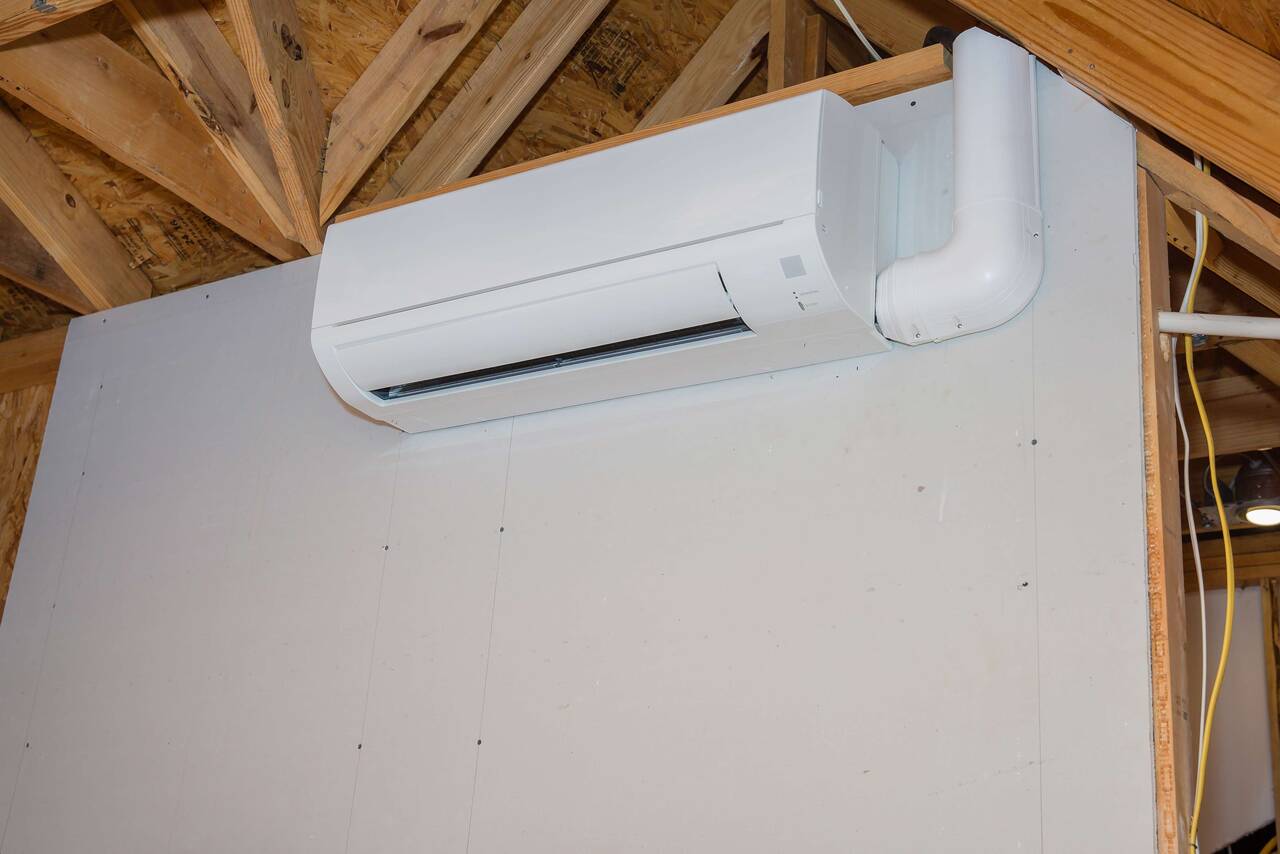
Another type of AC unit to look into is a standard ductless mini split air conditioner. These units are usually very high-efficiency and are the best bet for most garage spaces. They require no ductwork and don’t take any room in your yard or your garage, aside from the unit and its compressor hanging from both sides of the wall.
Keep in mind that such units are also often pricey, however, and usually require a professional to be installed properly. However, if you really need a great and efficient permanent solution, finding a way to afford the initial investment is usually worth it.
8. Install a permanent garage ceiling fan
A non-AC solution that can also help a lot with the air circulation in the long term is a garage ceiling fan with large blades. Similar to the portable floor fans but larger, permanently in place, and more effective, a ceiling fan can be surprisingly good in most cases.
Just make sure that you get an actual good, high-quality, and industrial-grade fan that can stand up to garage air debris such as sawdust. Plus, such ceiling fans typically offer much better airflow than the standard residential models anyway.
9. Retrofit the garage walls with some insulation
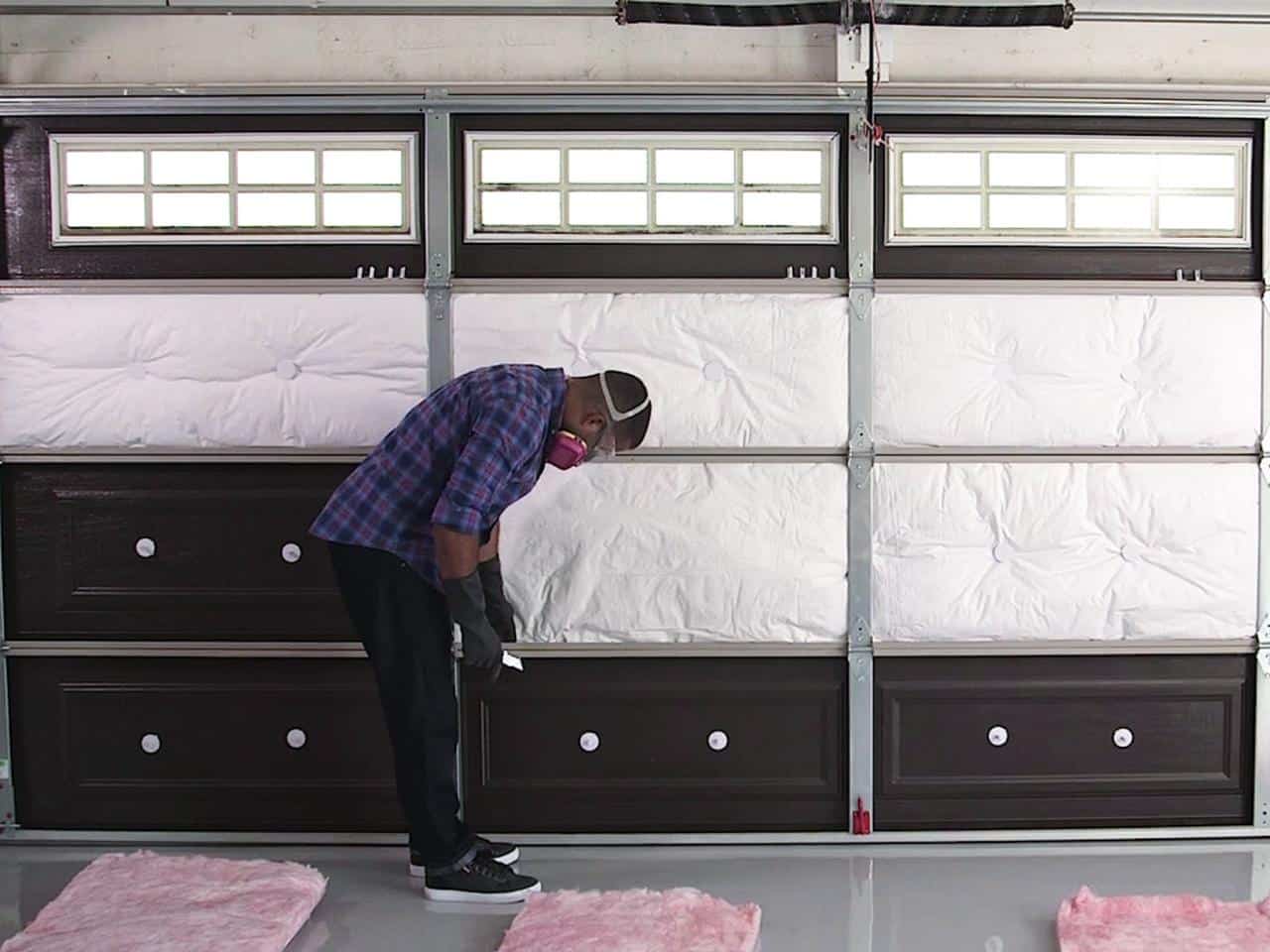
It’s also a good idea to look into some better garage wall insulation while you’re considering the right course of action. We usually associate wall insulation only in the winter but that’s actually also great in the hot summer days. While you’re at it, you can also look at the garage wall and roof color as painting your garage in lighter colors can also be incredibly helpful in direct sunlight.
10. Put some attic vents if possible
If you don’t want an electric AC system, installing a few attic vents can also be surprisingly effective for keeping your garage cool in the summer. Hot air tends to rise up after all, so ceiling vents are usually all that’s needed to let the hot air escape from your garage on its own and leave just the cool air inside.
In conclusion
Depending on the garage, location, climate, and circumstances, some of the options above may not be suitable or may not be enough. However, a lot of them can also be combined for an even better effect. At the end of the day, everyone’s situation is a bit different but there almost always is a good and more or less efficient option for any situation.
Hopefully, you’ve found the right option for your in the list above. If not, some more niche solutions may be applicable but those usually require professional assistance on a case-by-case basis. Either way – good luck!

